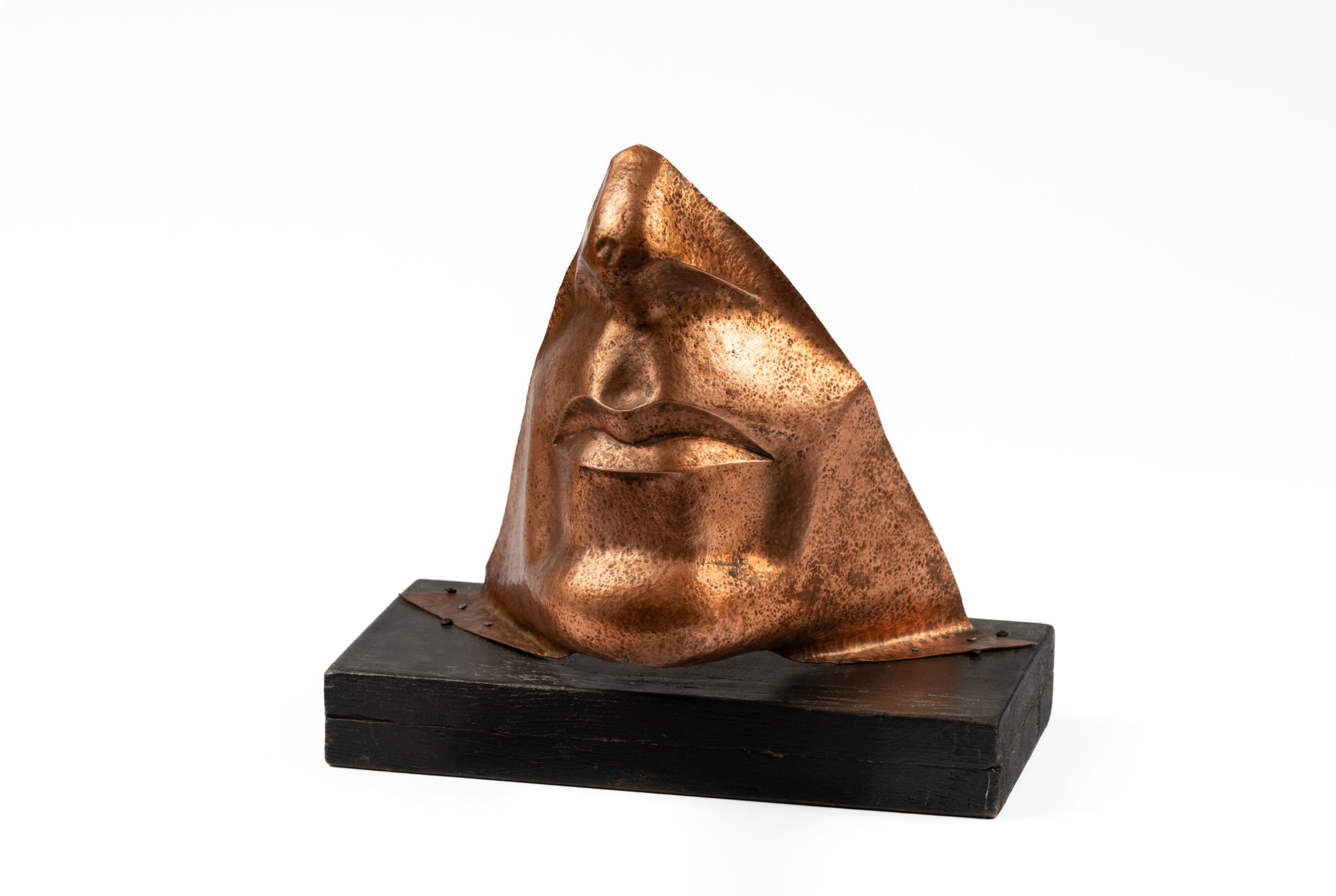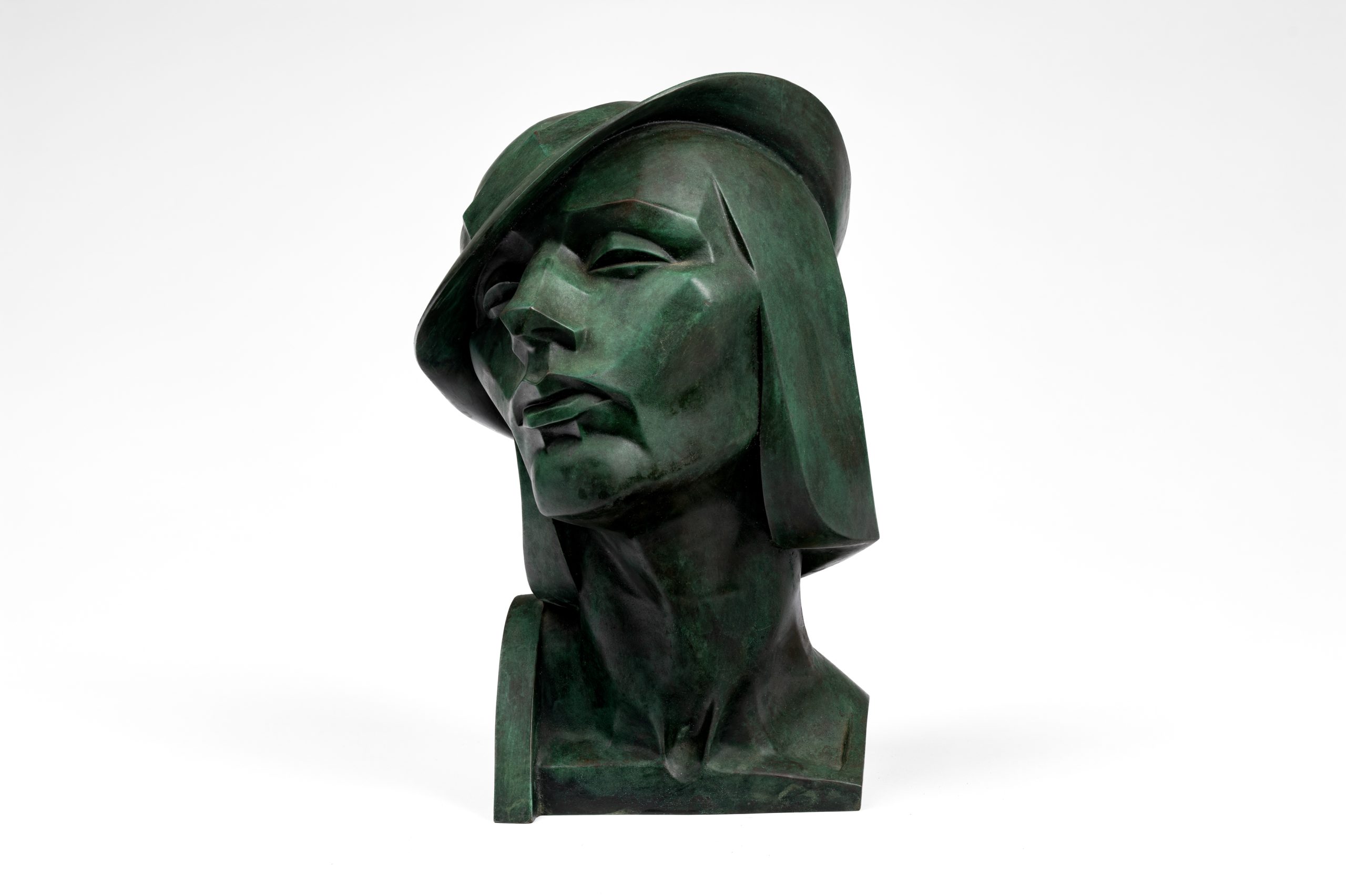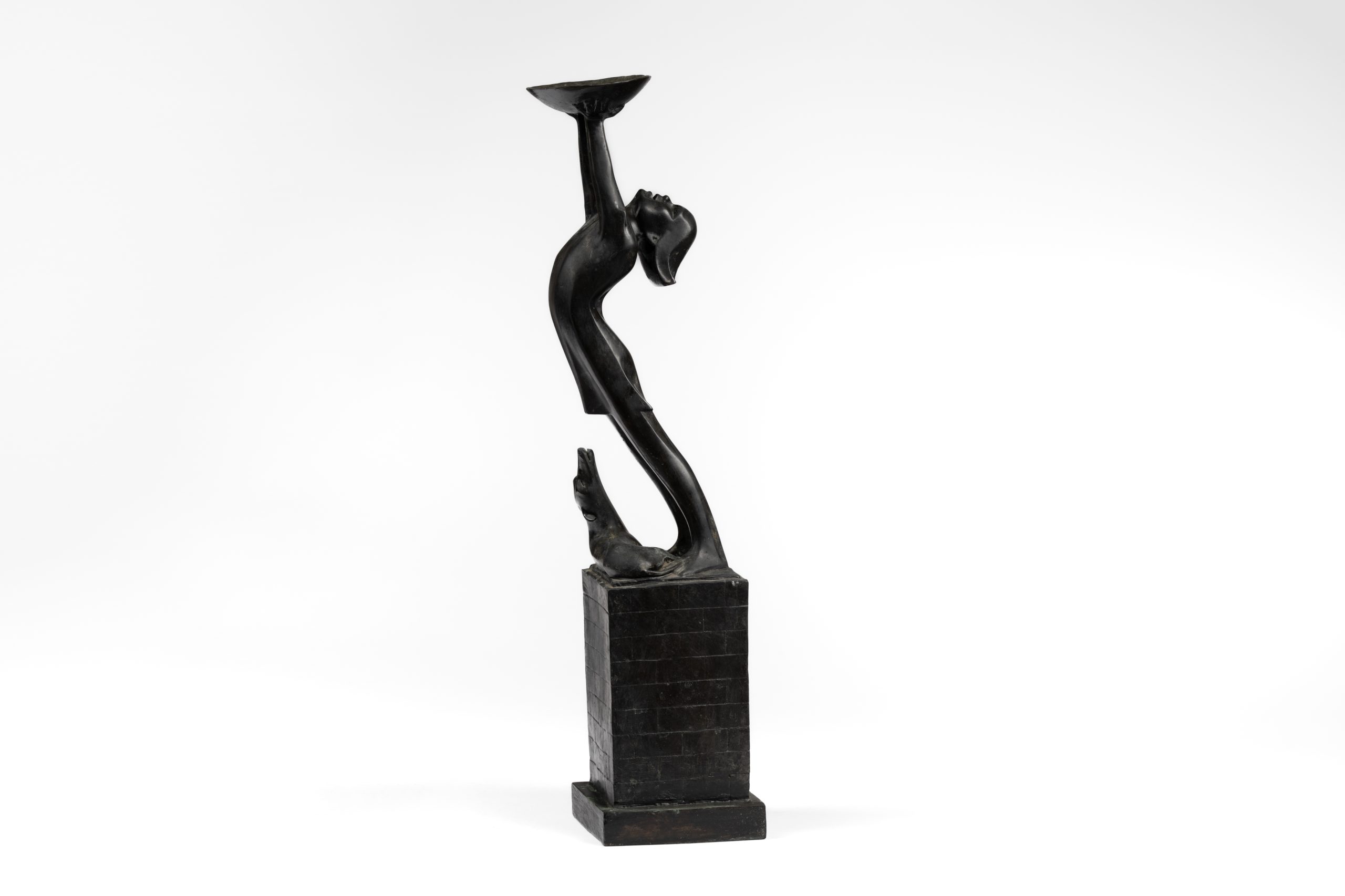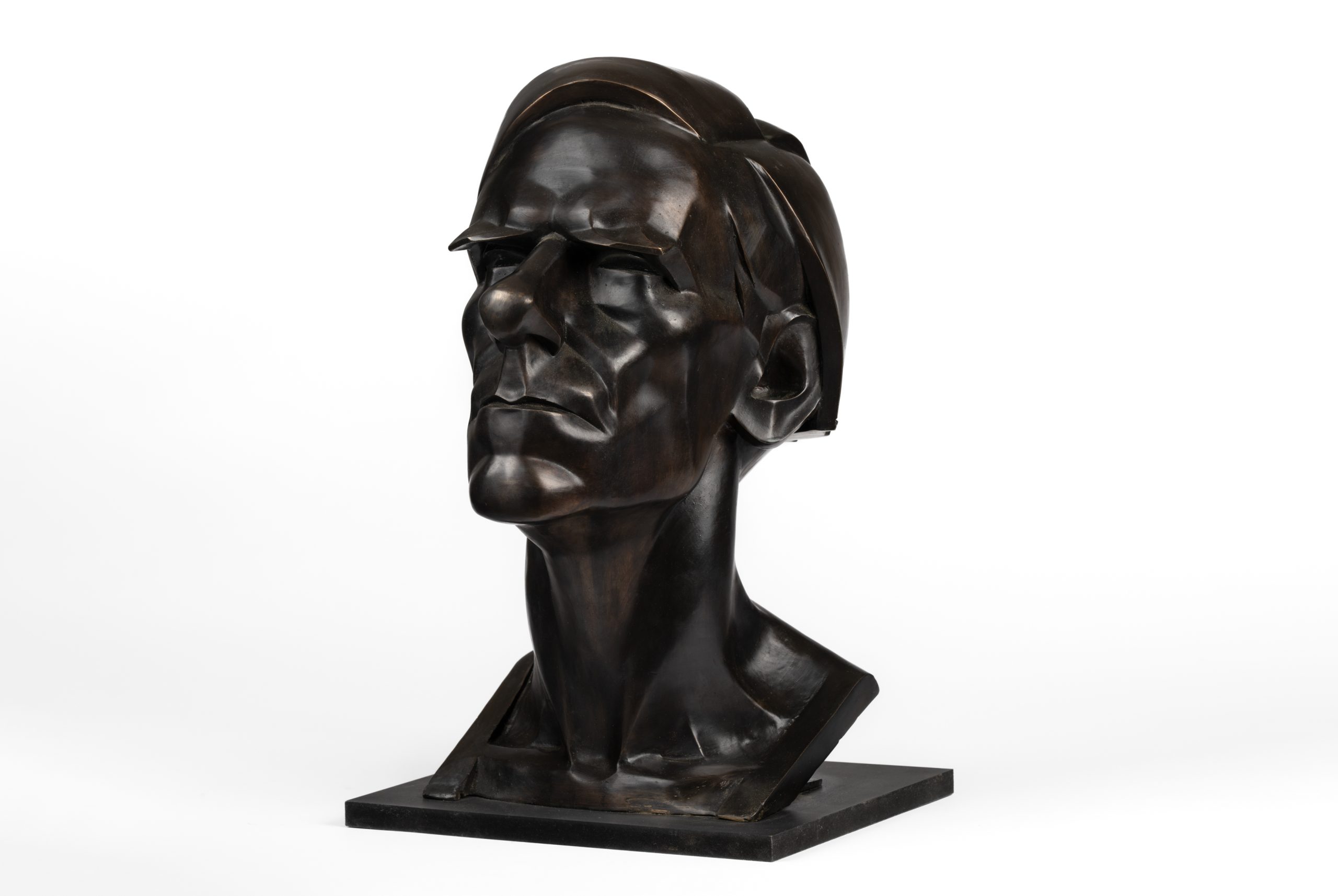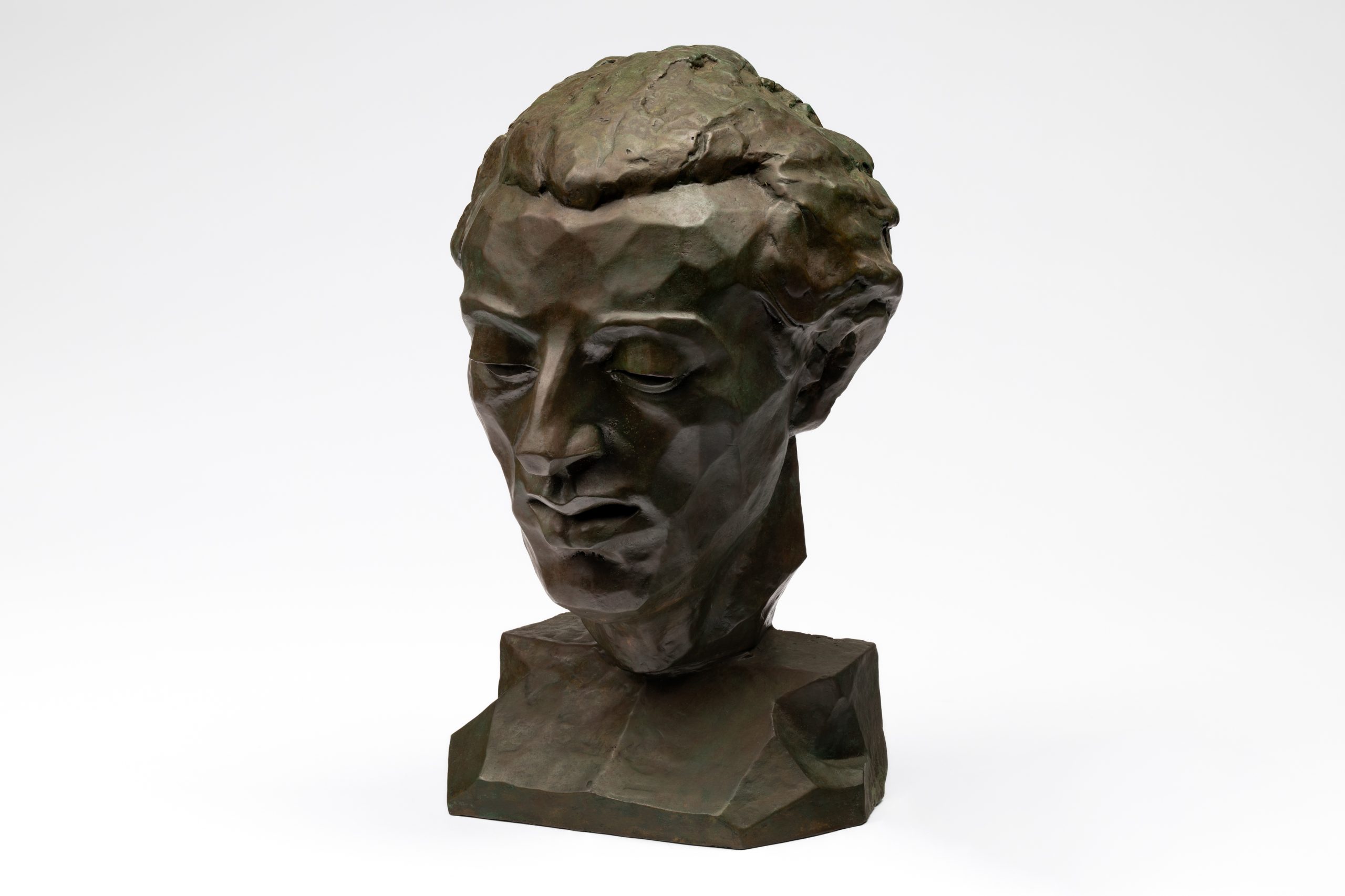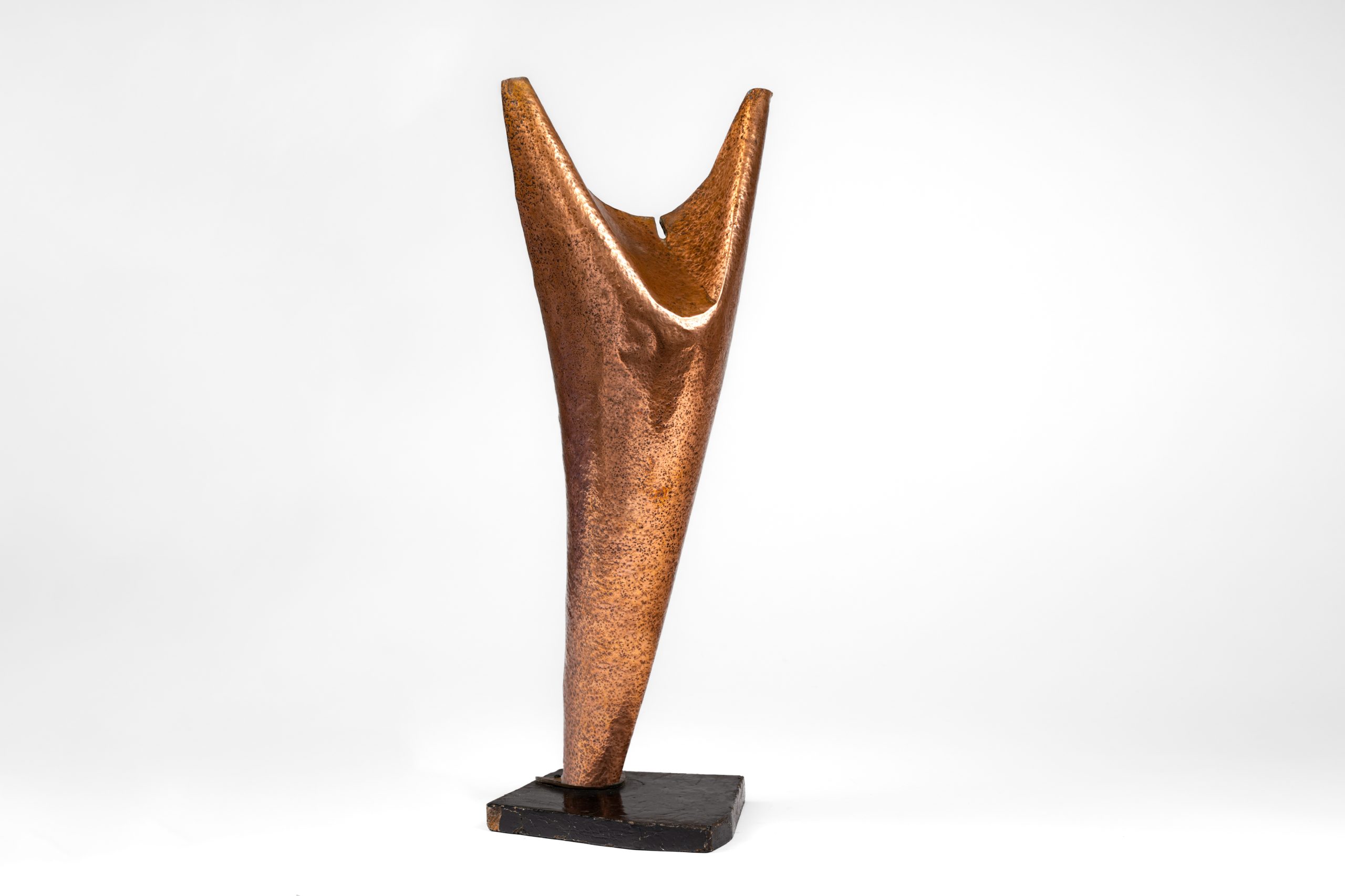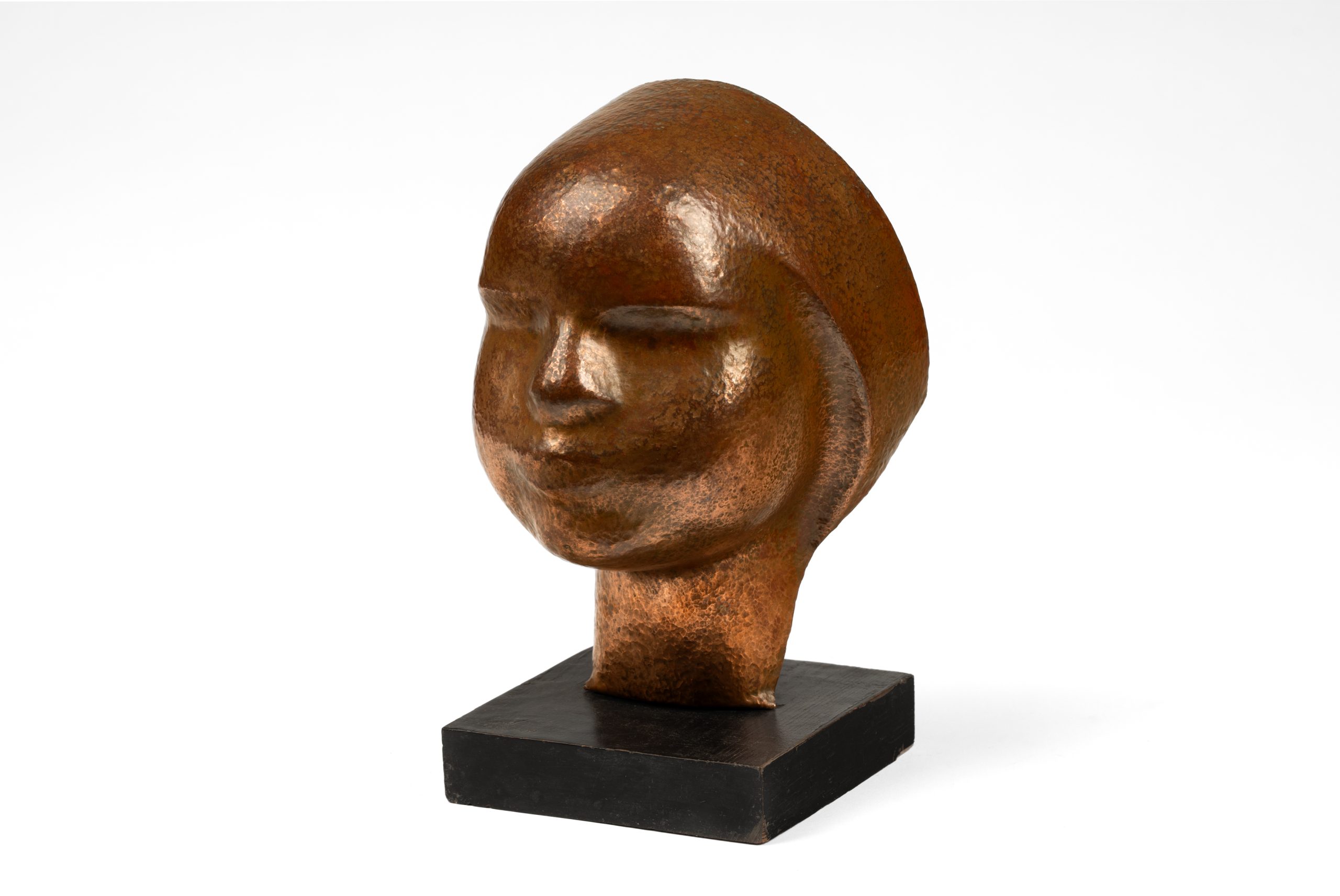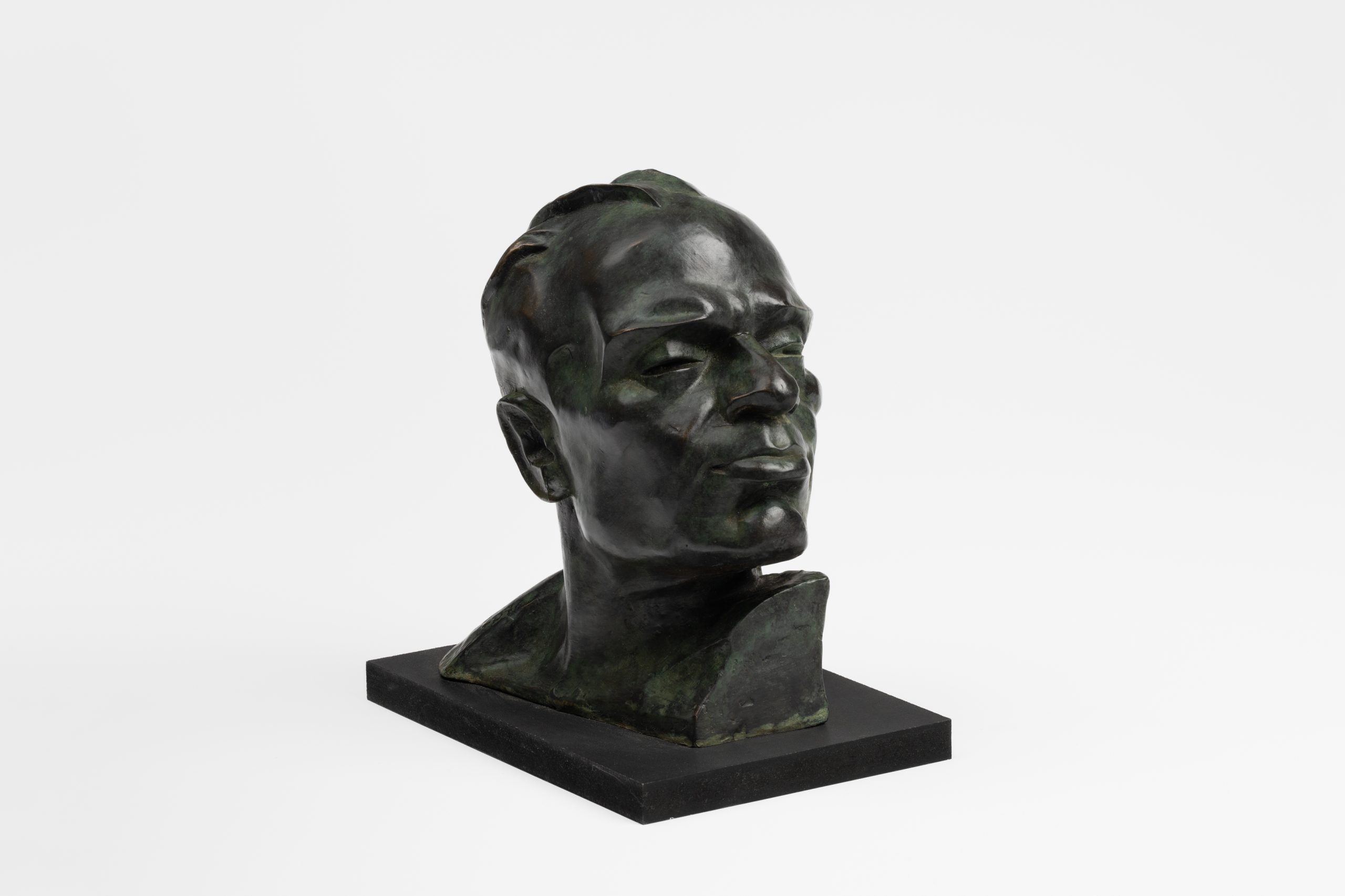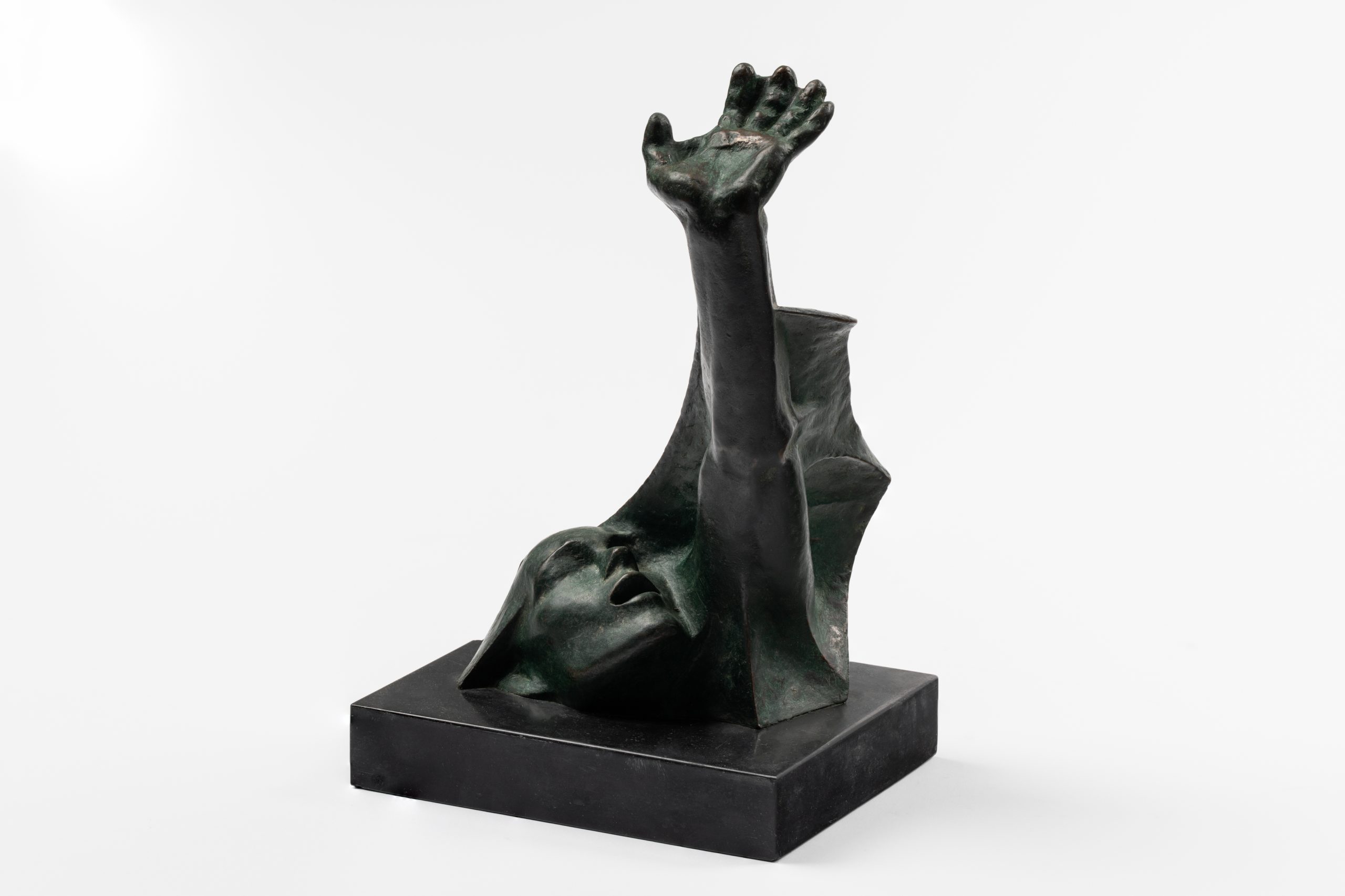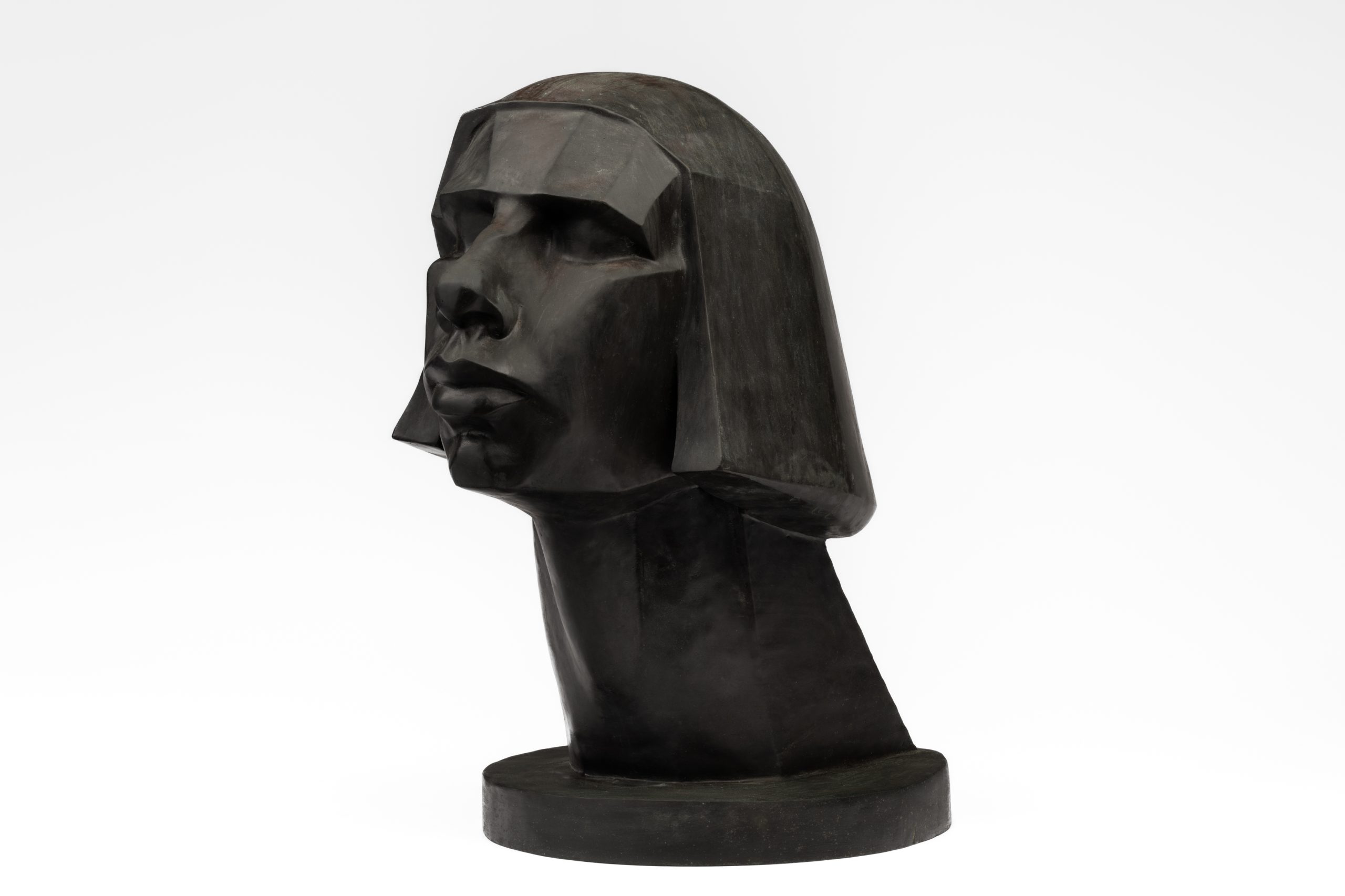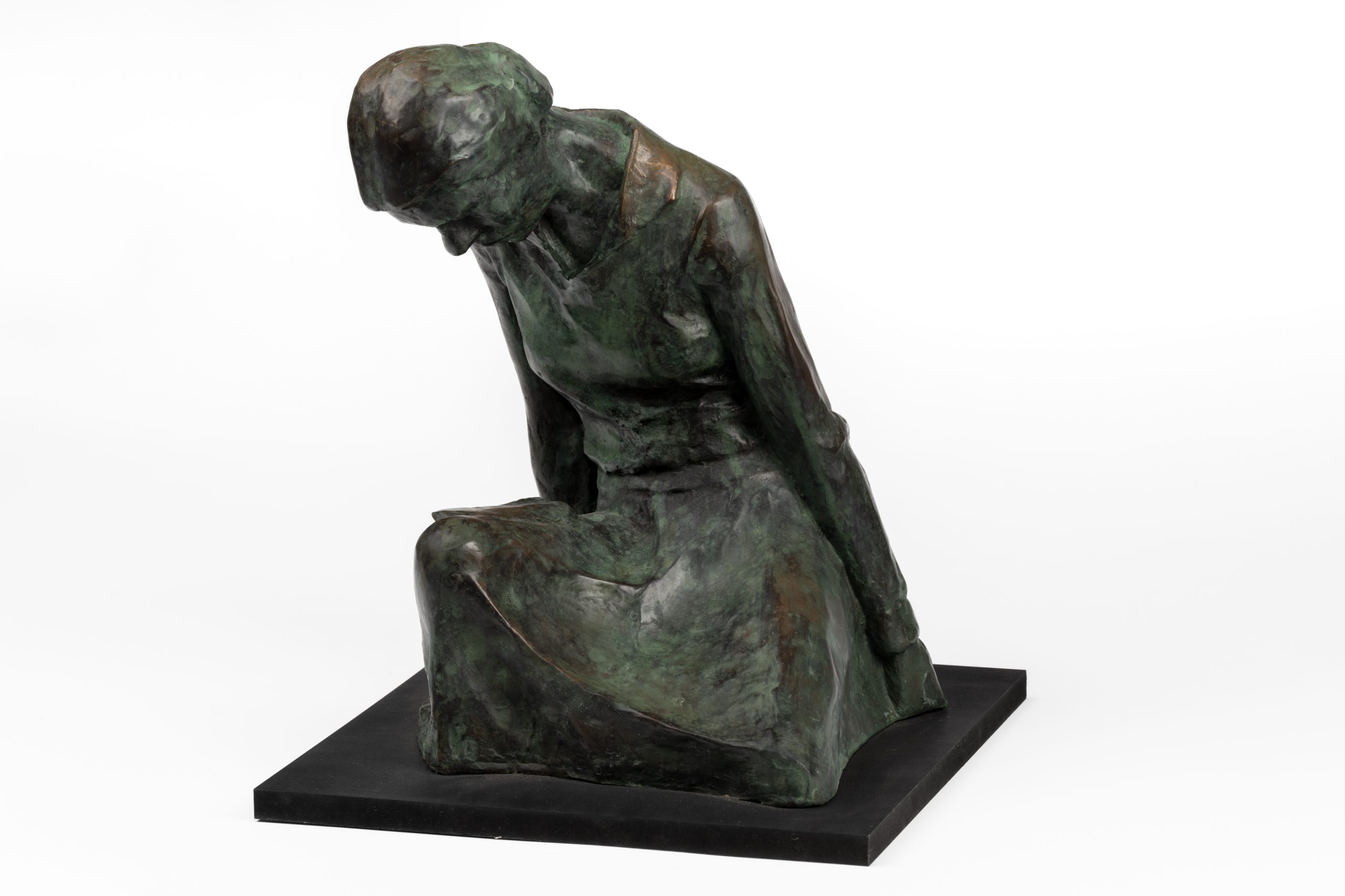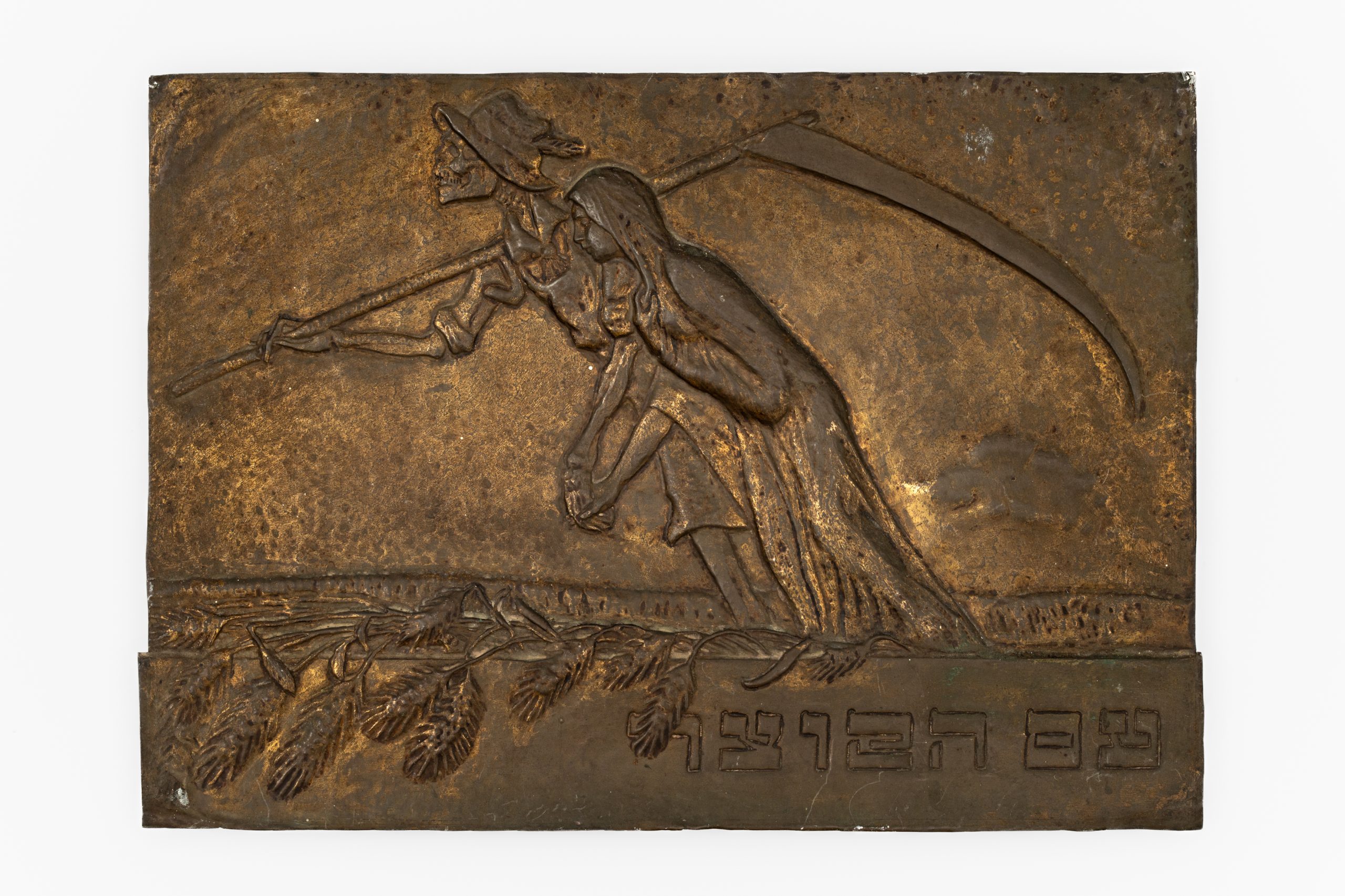Zeev Ben-Zvi (1904, Poland – 1952, Israel) was an artist and educator, one of the pioneers of modernism in sculpture in Israel. In the 1920s, he was associated with the youth movement “Tzeirei Ha’Mizrahi” in Warsaw, while also studying art, specializing in academic realistic-figurative sculpture. At 19, he immigrated to Jerusalem and began studying at the Bezalel School of Arts and Crafts, under the guidance of the institution’s founder, Boris Schatz.
As a young artist, he traveled to Europe to further his studies, where he was exposed to modern art and in particularly cubism, which deeply influenced his artistic language. In the later period of his work, his style shifted from figurative cubism to a more refined simplification and a more minimalist approach to the sculpted figure. Ben-Zvi exhibited in solo exhibitions and numerous group exhibitions in Israel and around the world, including at the Bezalel National Museum, the Tel Aviv Museum, and the Royal Academy in London.
The European portraiture tradition, which was prevalent in Mandatory Palestine and during career, was central to Ben-Zvi’s artistic creation. He is best known for his sculpted portraits of British Mandate figures (such as High Commissioner Arthur Wauchope), Zionist leaders (Shmaryahu Levin, Meir Dizengoff, and Berl Katznelson), and cultural figures (including Haim Nahman Bialik, Shaul Tchernichovsky, Tzipporah Levin, and Aharon Meskin).
Dating back to antiquity, the significance of portraiture was recognized not only in immortalizing the external appearance of the subject but also in highlighting his qualities, virtues, and personality – a sort of visual biography. A portrait may depict one person but could represent many: a society, a community, or even a nation.
Alongside prominent cultural and political figures of Mandatory Palestine and the young Israeli state, Ben-Zvi also sculpted anonymous figures and characters caught in dramatic moments. Both served as subjects for his formal research and the formulation of a unique style. Indeed, the architectural foundations and organized geometric volumes, pulsating with rhythm, also reflect a refined emotional expression and national spirit. According to him: “our condition as a people revitalizing its youth in a changing world obliges us to thoroughly and deeply scrutinize our art as well, according to its nature and in line with our practical needs, for the era in which we live demands that we find a different artistic creation. A different art is required, one that will provide a cohesive expression for the people of Israel and the renewing society.”
It seems that Ben-Zvi’s approach reached its pinnacle in the later period of his sculptural work, tending towards abstraction. Among the monuments and public sculptures commissioned from him are The Sower at the Levant Fair (1934), the grave monument for Boris Schatz (1934), and the Children of the Diaspora holocaust memorial at Mishmar HaEmek (1945).
In 1949, he returned to teach at the “New Bezalel” and in 1952 was appointed its director, but passed away shortly thereafter due to illness. A year after he died, in 1953, Ben-Zvi was awarded the Israel Prize for Sculpture – the first year the prize was awarded.
The Ben-Zvi collection in the Herzliya Museum of Contemporary Art was donated in 2023 by the estate of the late artist’s daughter, Dr. Ruth Ben-Zvi, with the support of close family friends and the estate trustees, Judge (retired) Yitzhak Milnov and his wife Meira Milnov. The collection comprises 35 sculptures in bronze, plaster, and stone, monuments’ designs, as well as his archives.
The collection serves as a window into the artist’s meticulous working methods and creative process, employing various media, often exploring singular subjects or figures (many of which were destroyed by the artist), expressing a relentless pursuit of precision in form and expression. The works in the museum’s collection notably reflect Ben-Zvi’s keen interest in portraying the human figure through portraits, busts, and masks.
The sculptures, most of which were created in the 1930s and 1940s, demonstrate a range of abstraction degrees. They reflect the cubist-figurative stylization that Ben-Zvi adopted as his preferred mode of representation during his later creative period, and which became synonymous with his style.
-
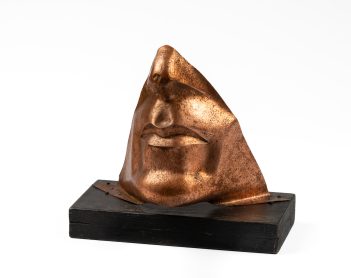
למידע נוסף
Zeev Ben-Zvi, Parcial autoportrait
Copper stamping, 31X31X14 cm
-
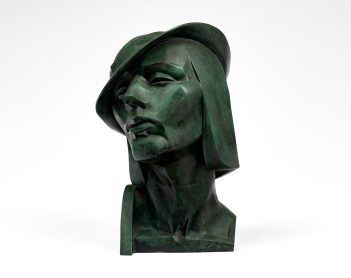
למידע נוסף
Zeev Ben-Zvi, Woman's head (Green
Bronze, 32X21X21 cm
-
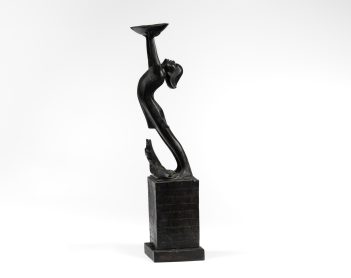
למידע נוסף
Zeev Ben-Zvi, Girl and dog
Bronze, 55X12.5X12.5 cm
-
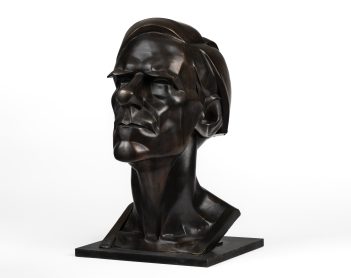
למידע נוסף
Zeev Ben-Zvi, Portrait of Mr. James Maxton
1937, Bronze, 50X29X25 cm
-
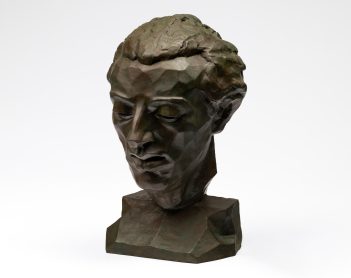
למידע נוסף
Zeev Ben-Zvi, Mask of Man
39X27X15 cm
-
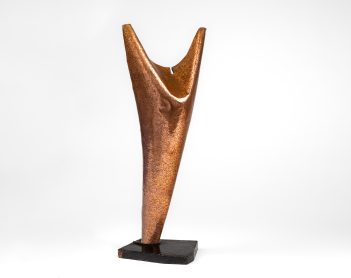
למידע נוסף
Zeev Ben-Zvi, The Scream
1952, Copper stamping, 54X20X26 cm
-
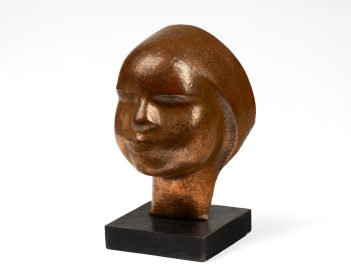
למידע נוסף
Zeev Ben-Zvi, Child bust
1934, Copper stamping, 25X13X13 cm
-
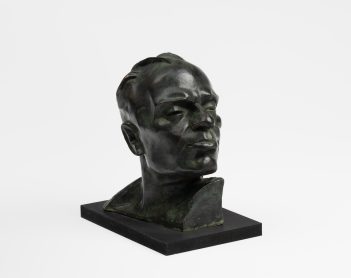
למידע נוסף
Zeev Ben-Zvi, Portrait of Bronislav Huberman (maquette
1934, Bronze, 21X14X18 cm
-
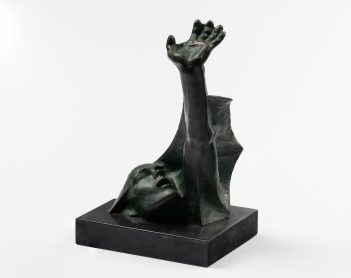
למידע נוסף
Zeev Ben-Zvi, The Cry
1952, Bronze, 21X13X10 cm
-
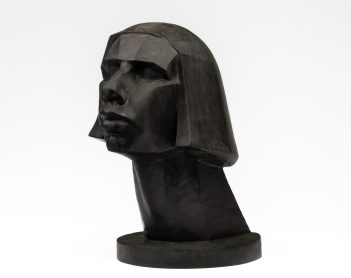
למידע נוסף
Zeev Ben-Zvi, Woman's head
1945-1950, Bronze, 44X22X30 cm
-
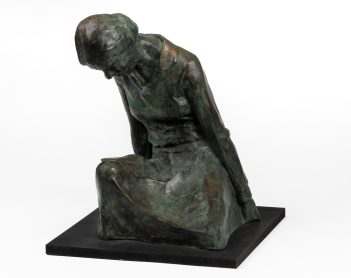
למידע נוסף
Zeev Ben-Zvi, Woman sitting
Bronze, 32X32X34 cm
-
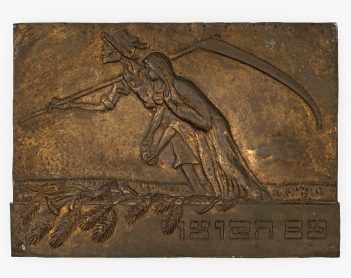
למידע נוסף
Zeev Ben-Zvi, Recoating Worker's Day
Copper stamping, 32X44 cm
